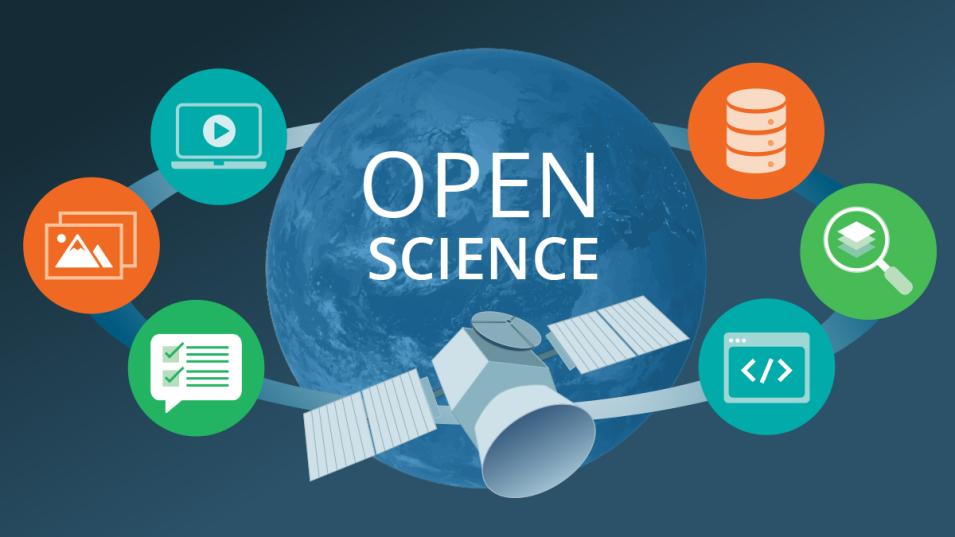A reorganization of NASA’s Office of the Chief Science Data Officer (OCSDO) will help streamline data operations across NASA’s Science Mission Directorate (SMD) and bring a greater focus to the agency’s Earth science data through the creation of an Earth Data Officer. Katie Baynes, current deputy chief science data officer, will shift to this new position while Kevin Murphy will continue as the agency’s chief science data officer (CSDO).
This new position enables Baynes to concentrate more on Earth data operations—a role she is familiar with through her previous work as deputy program manager of NASA’s Earth Science Data Systems (ESDS) Program.
“Kevin [Murphy] has been doing a couple of jobs—his full time Earth data systems job and his work as CSDO,” Baynes says. “As time went on, I tended to pick up more of the Earth data systems and science data systems tasks so he could focus more on the Science Mission Directorate tasks since his role is really across all of NASA’s science endeavors. This [reorganization] allows him to work more independently across the SMD and allows me to focus my attention on Earth [data].”
As part of this OCSDO reorganization, the office will move from the SMD’s Earth Science Division (ESD) to the Planetary Science Division (PSD). PSD will gain staff, budget, and activities related to NASA’s Core Data and Computing Services Program (CDCSP), the Transform to Open Science (TOPS) mission, and open science policy. ESD will retain Earth science data oversight and all activities specific to Earth Science objectives.
"NASA has tens of thousands of open datasets in our repository that anyone can access at any given time,” says Dr. Nicola Fox, associate administrator for NASA’s Science Mission Directorate. “Increasing access to open science is paramount to NASA's Science Mission Directorate, the science community, and the public. This reorganization ensures that our treasure trove of data across NASA Science can continue to expand upon the science we have, to gain more opportunities for the science we need [to] advance our understanding of our home planet and how we can better preserve it for the benefit of all.”
The OCSDO was established in 2021 to oversee synergies and collaborations across the agency’s science divisions and advance the state of the art in cloud computing, machine learning, and other data management and analysis activities. A key responsibility is ensuring that NASA data are available without restriction to facilitate their use in research, mission development, and other activities fostering open science.

